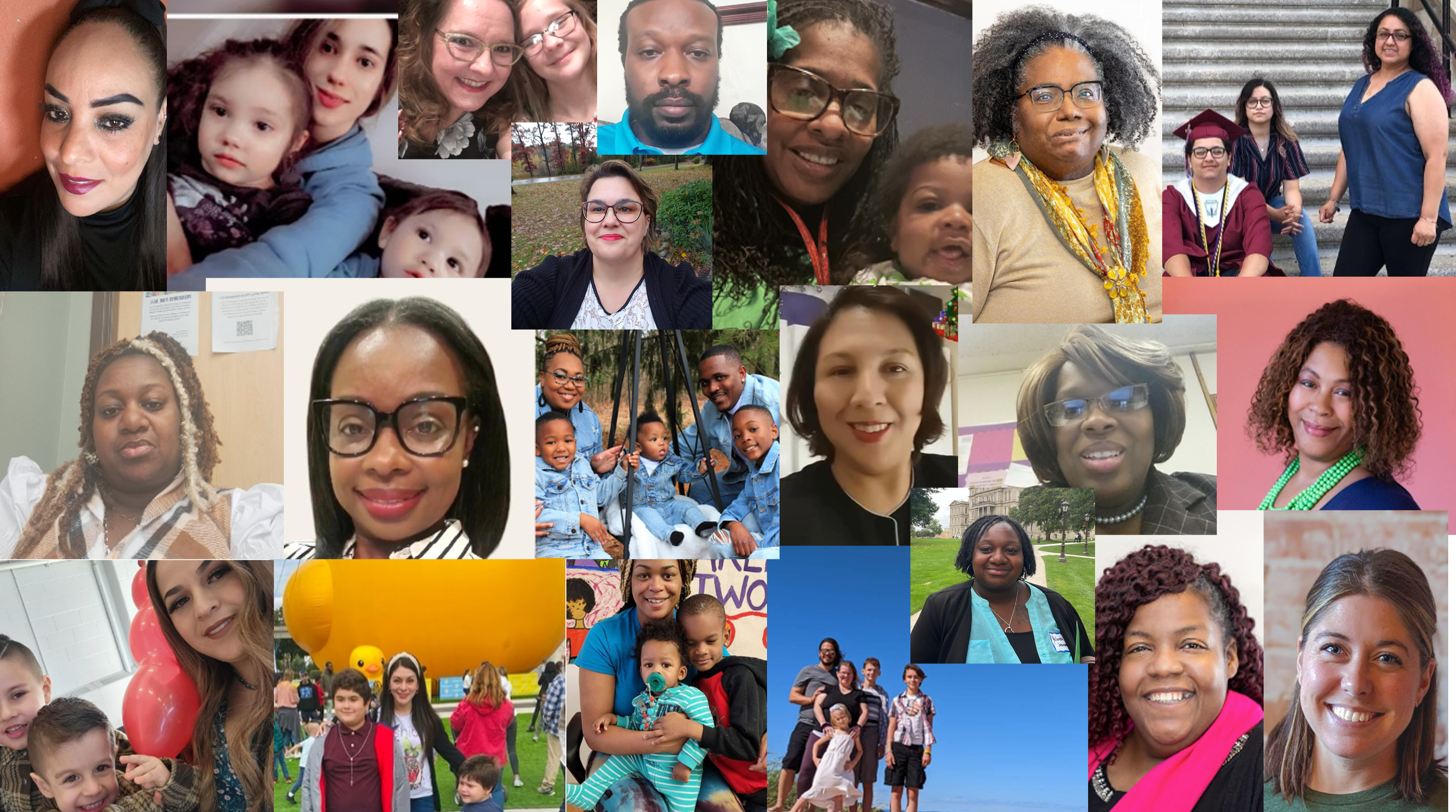
The Problem
Shortly after COVID-19 hit Michigan, the US Census’ Household Pulse Survey provided some of the first data illustrating what many residents already knew—widespread school and childcare closures, employment losses, and illness had led to 1 out of every 4 Michigan parents worrying whether they could access enough food for their family.
As the pandemic wore on, however, a more complicated picture of families’ needs emerged. Many families, particularly those who identify as Black, Latino, and Native American, as well as those living in rural areas, still did not have enough to eat.

The Goal
Guided by the principles of Community-Based Participatory Research, Feeding MI Families worked to achieve its goal of elevating the experiences, perspectives, and needs of Michigan’s families experiencing food insecurity through four stages.
- Parent Leadership Board Engagement
- Text and Phone-Based Surveys
- In-Depth Interviews
- Developing Parent-Driven Recommendations for Policy and Practice Change

Research Methods
Learn more about our approaches including convening Parent Leadership Boards, using text messaging for survey implementation, and conducting in-depth interviews with parents in English and Spanish.

Feeding MI Families Participants
Nearly 1,300 Michigan families shared their knowledge about food access and food assistance in Michigan. Learn more about these families.

Family Stories
Learn more about Several of the Families who Shared their Experiences.
Acknowledgements
Strong, trusting relationships between our project staff and Parent Leadership Boards are the foundation of Feeding MI Families' success. These are the people who made the project happen.


